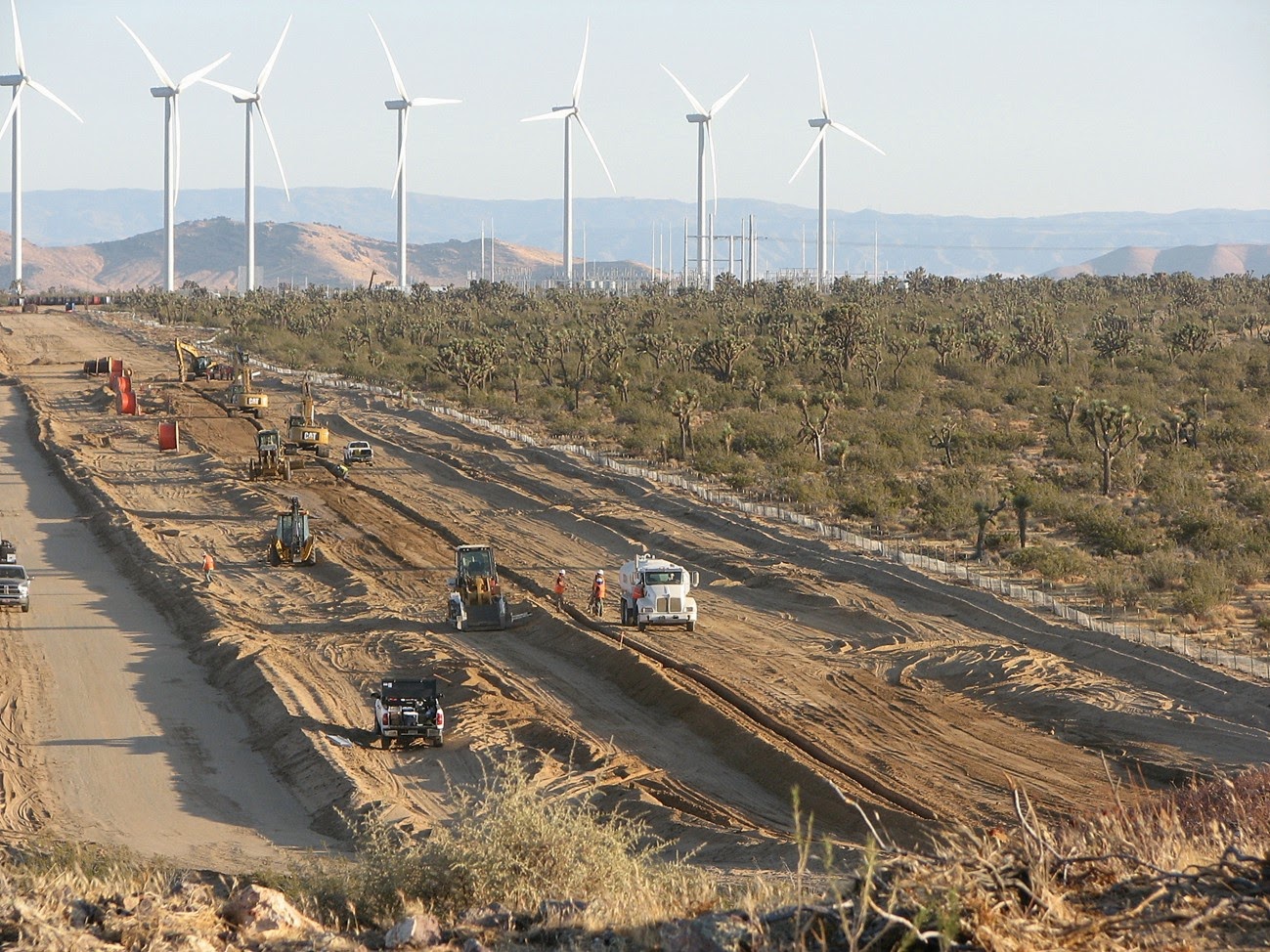Juniper Flats Safe For Now

Activists in the Lucerne and Victor Valleys received good news from the BLM this past week that plans for the North Peak Wind project had been withdrawn. The project would have industrialized nearly 16 square miles of a popular outdoor recreation area known as Juniper Flats popular for hiking and horseback riding, where desert habitat transitions from creosote and yucca scrub to chapparal, grassland and desert conifer. Groups such as the Alliance for Desert Preservation and Mojave Communities Conservation Collaborative quickly organized to protect Juniper Flats, as well as to challenge the proposed Coolwater-Lugo Transmission project , which is still pending. The hills in the background would have been carved up by wide access roads to reach newly installed wind turbines, which would have towered over the subtle peaks and erased the sense of peace and solitude that visitors find when visiting Juniper Flats. Although it is not yet clear why the company withd...




